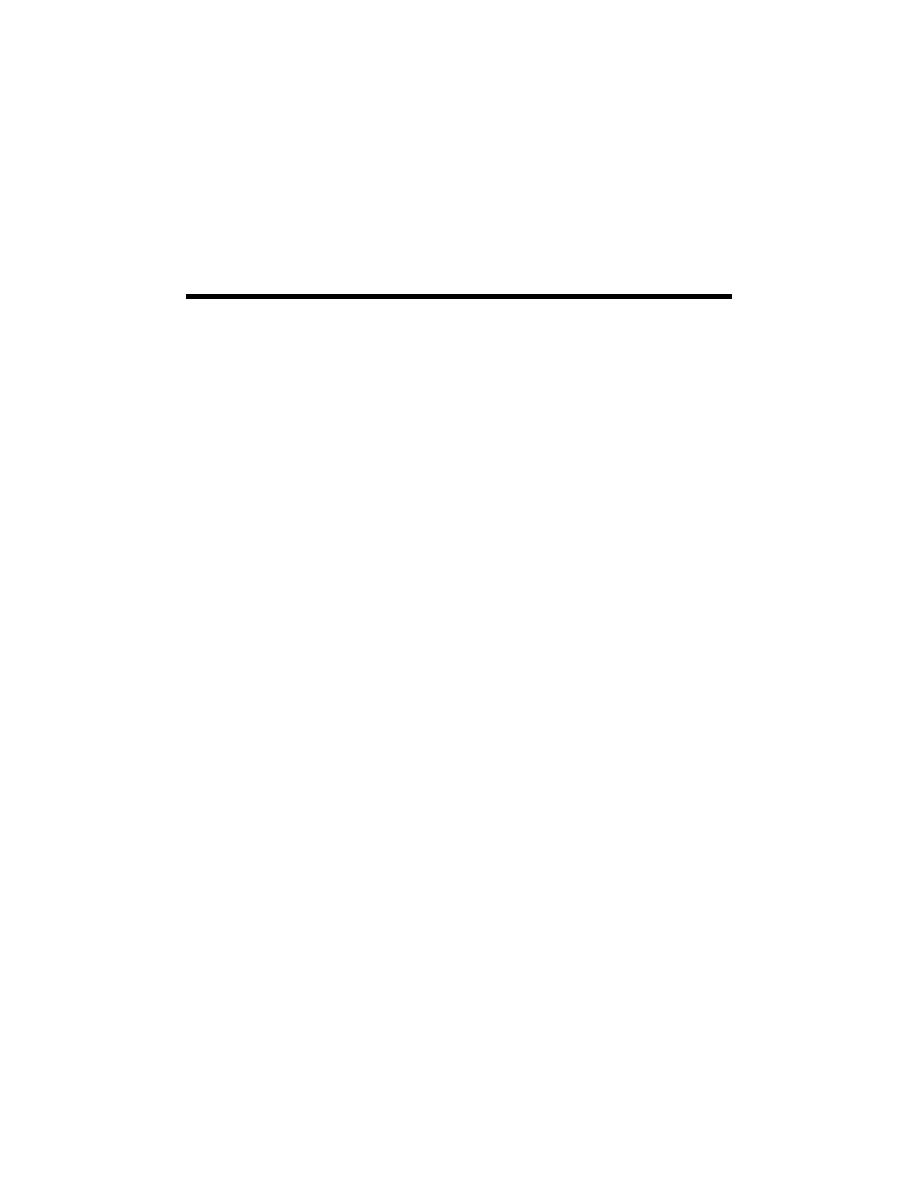 |
||
|
|
||
| |||||||||||||||
|
|
 8
Animal Bioaccumulation
8.1 General Considerations
In the context of the UTM, animal uptake refers to the bioaccumulation of
COC from dredged material in the tissues of animals exposed to the dredged
material. Depending on its design and management, different portions of a CDF
may consist of terrestrial, wetland, or aquatic habitats at any one time, and these
habitats may occur in any portion of a CDF at different times during the design
life of the CDF. The UTM addresses bioaccumulation by terrestrial animals of
COC from the dredged material under terrestrial habitat conditions. If an
evaluation of bioaccumulation by aquatic and wetland animals under aquatic and
wetland habitat conditions in a CDF is necessary, it may be conducted using
appropriate variations on the Tier II and/or Tier III technical procedures in the
bioaccumulation chapter of the ITM. In evaluation of aquatic and wetland animal
bioaccumulation in CDFs, the interpretive guidance for Tiers II and III provided
in the UTM should be followed, even though the test procedures from the ITM are
used.
8.1.1 Animal Bioaccumulation Processes
Animals may bioaccumulate COC from dredged material in terrestrial,
wetland, and aquatic habitats in a CDF. In general, those species that live or feed
in direct contact with the dredged material are most likely to bioaccumulate COC
from the dredged material. Once a COC is in the tissues of an organism, it can be
passed along to other species in the food web that prey on it. This trophic transfer
can create complete exposure routes by which COC from the dredged material can
come into direct physiological contact with organisms that do not live or feed in
direct contact with the dredged material. These complete exposure routes may
include organisms such as animals, birds, or humans that eat fish caught from
aquatic habitats in a CDF, foxes that eat rodents from terrestrial habitats, and
numerous species that eat organisms in wetland habitats.
8.1.2 Regulatory Considerations
As explained in Chapter 1, there are no regulatory standards for contaminant
uptake by plants and animals at CDFs. Land application of sludge and waste soils
8-1
Chapter 8
Animal Bioaccumulation
|
|
Privacy Statement - Press Release - Copyright Information. - Contact Us - Support Integrated Publishing |